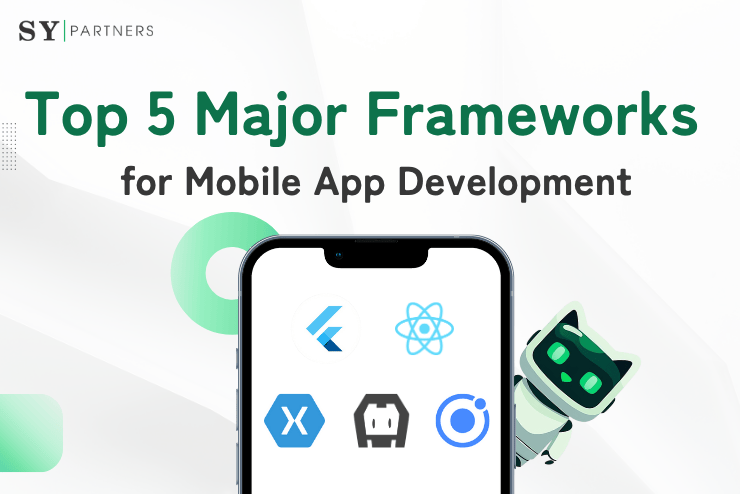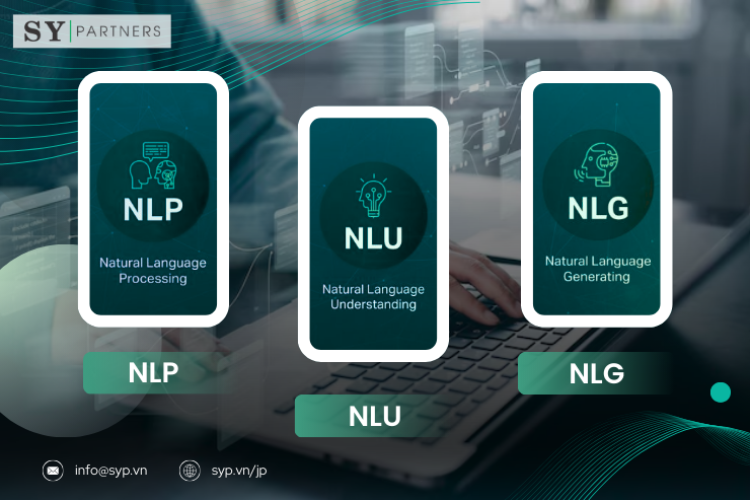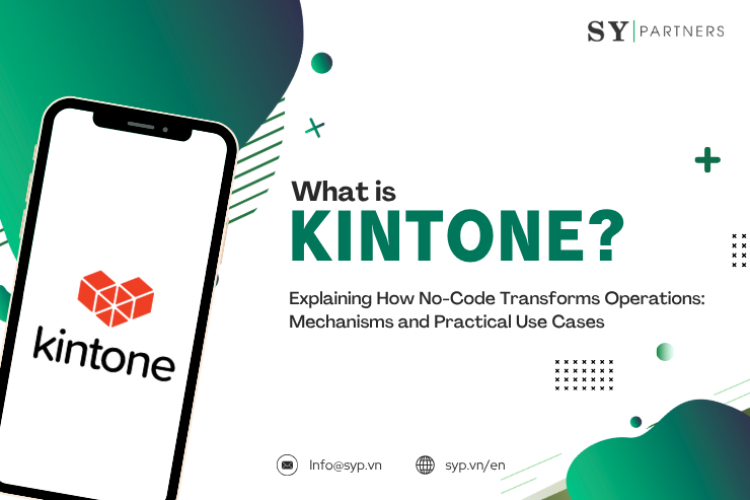Top 5 Major Frameworks for Mobile App Development
Smartphone ubiquity has made mobile apps indispensable to business. In particular, cross-platform development for both iOS and Android has attracted attention as a means to reduce costs and improve efficiency.
In this article, we introduce the features and real-world use cases of Flutter, React Native, .NET MAUI, Cordova, and Ionic, compare their strengths and challenges, and provide information to help you choose the best framework for your project.
Reasons These 5 Major Frameworks Are Chosen
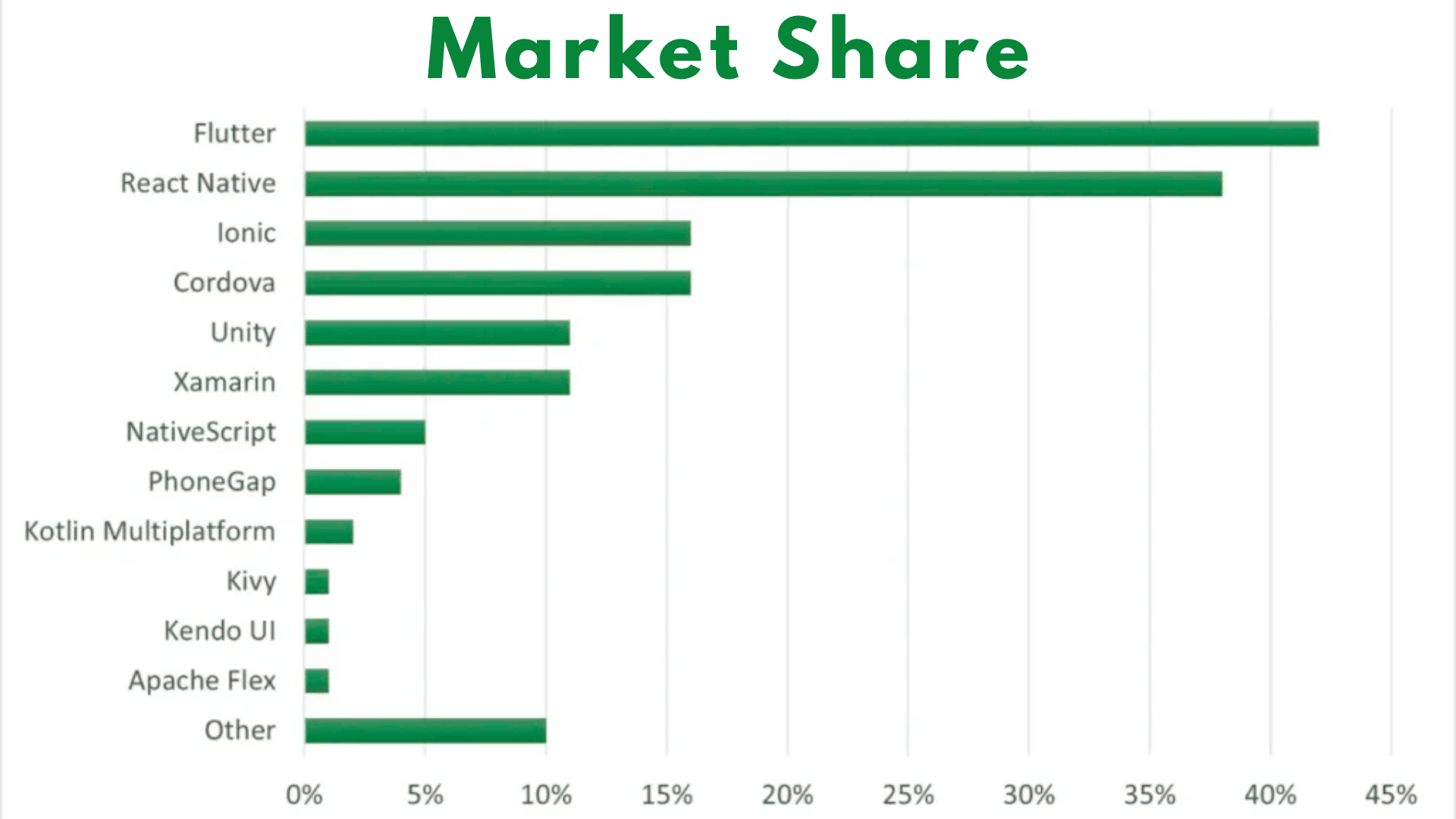
Cross-platform frameworks are increasingly used in mobile app development, with emphasis on speeding up development and ensuring stability. Thanks to rich features and tooling, frameworks like Flutter and React Native enjoy strong developer support and ongoing adoption.
According to Statista’s 2023 survey, the most popular frameworks were Flutter (46%), followed by React Native (35%), Cordova (10%), Ionic (9%), and Xamarin (8%). These have maintained high usage rates since 2019 and remain top choices.
1. Flutter
Google-led open-source SDK Flutter has rapidly gained traction thanks to Google’s robust technical backing.
Key Features
- Single codebase for mobile (iOS, Android), web, and desktop
- Dart language for high performance and expressive UI
- Hot reload instantly reflects code changes for real-time UI and logic tweaking
- Customizable widgets (Material, Cupertino) enable platform-independent bespoke UIs
- Skia rendering engine delivers consistent design and fast graphics without relying on native components
- Native performance via ahead-of-time compilation to ARM/x86 machine code
- Built-in Material Design support for polished UI
- Extensive ecosystem on Pub.dev with thousands of packages and an active community
- Learnability: Dart’s Java- and JavaScript-like syntax makes onboarding relatively quick
Strengths: Rapid development cycles and consistent UI.
Considerations: Learning Dart and some limitations in accessing certain native APIs.
Adoption Examples
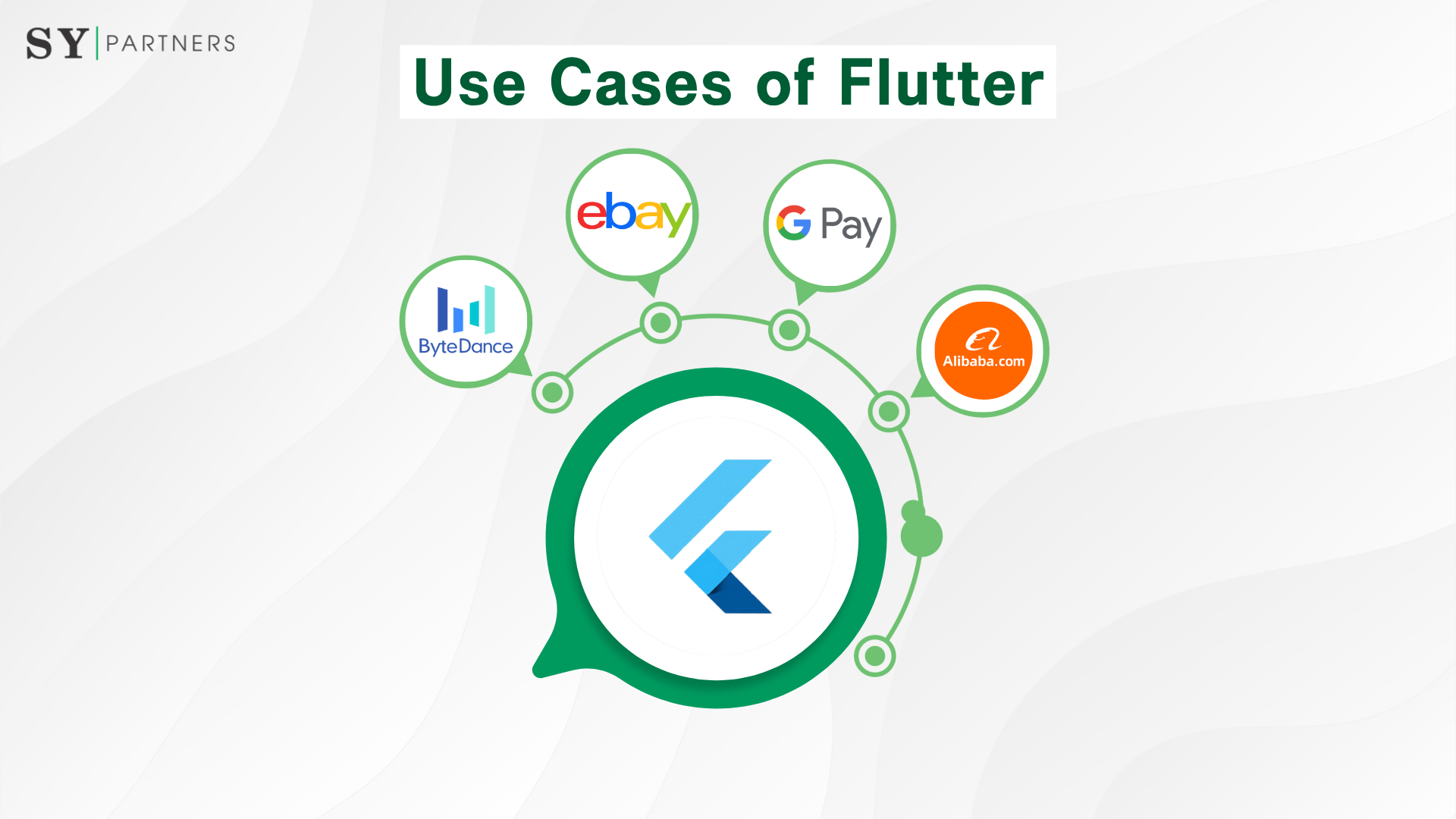
- Alibaba: Xianyu marketplace app achieves complex UI and fast performance
- Google Pay: Unified cross-platform payment experience
- eBay: Quick builds and consistent design for its e-commerce app
- ByteDance: Dynamic UIs and animations for TikTok-related apps
Flutter is ideal for projects—whether startup or enterprise—that demand fast delivery and high-quality visuals.
2. React Native
React Native, developed by Meta (formerly Facebook), is an open-source framework that leverages familiar web technologies.
Key Features
- Native components (e.g. iOS UIView, Android View) for near-native UX
- Fast refresh (hot reload) for quick iteration
- Huge community with rich libraries and plugins on npm
- ~90% code reuse between iOS and Android to cut time and cost
- JavaScript base: low learning curve for web developers already versed in React
- Native module integration: use Swift or Kotlin for device features like camera, GPS
- Performance caveat: heavy animations or CPU-intensive tasks may suffer due to the JS–native bridge
React Native suits teams seeking rapid development via JavaScript, though high-performance use cases may require optimization.
Adoption Examples
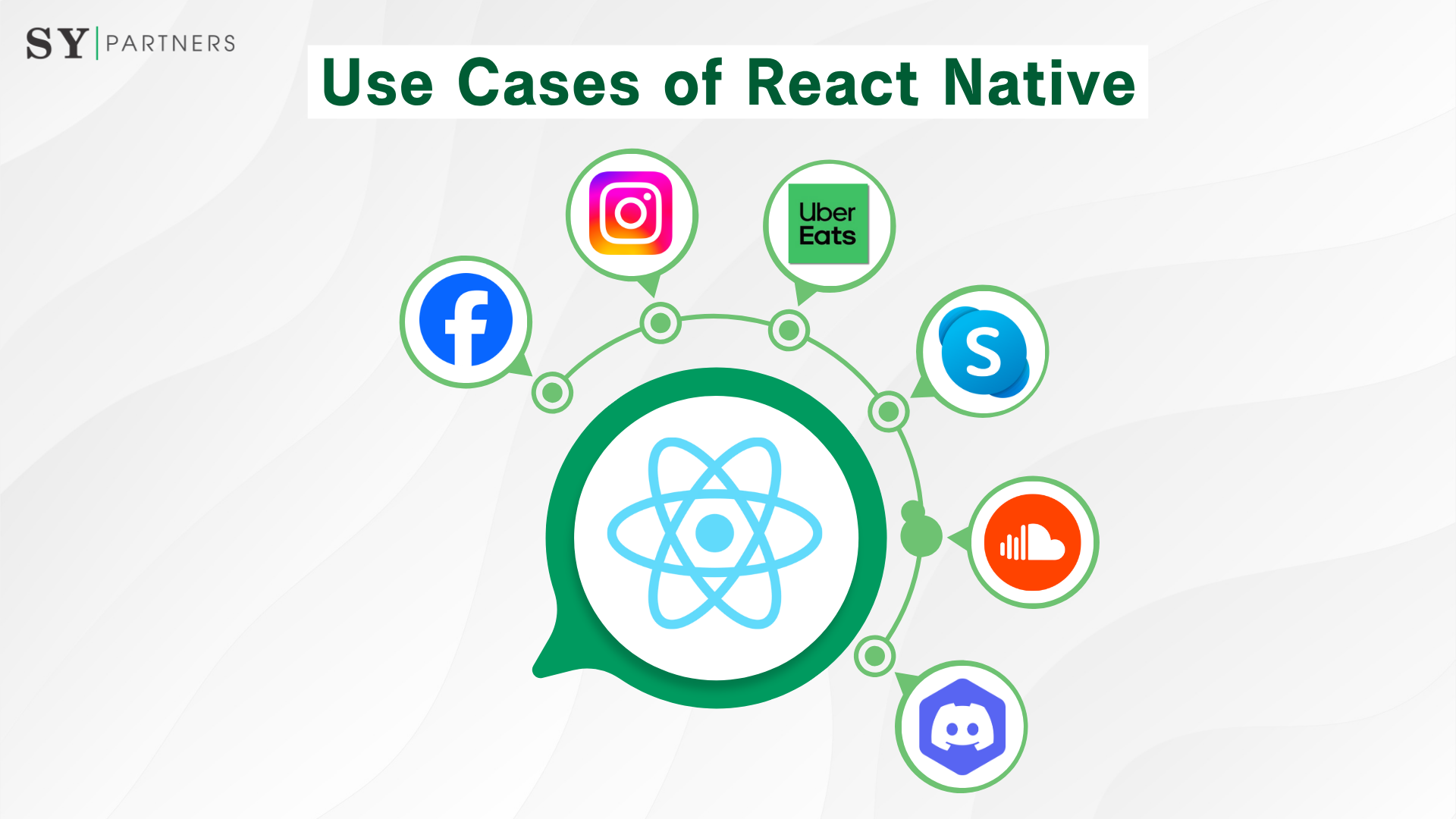
- Facebook: Core social-media features
- Instagram: Fast UI and native experience to boost engagement
- Uber Eats: Efficient menu rendering and order flows
- Skype: Microsoft’s cross-platform functionality
- SoundCloud: Speedy build and maintenance for music streaming
3. .NET MAUI (Xamarin)
Microsoft’s Xamarin evolution, now .NET MAUI, uses C# and .NET for multi-platform UI.
Key Features
- C# & XAML with strong typing and Visual Studio integration for reliability
- Native performance via direct access to platform APIs
- Single-project structure managing iOS, Android, Windows, macOS in one place
- Hot reload for XAML/CSS tweaks in real time
- Microsoft ecosystem: seamless Azure, App Center, and VS pipelines for CI/CD and testing
- ~90% code sharing ideal for large enterprise applications
- Easy migration from existing Xamarin.Forms projects
Strengths: Enterprise-grade stability, tight Microsoft integration.
Considerations: Smaller community than Flutter/React Native.
Adoption Examples
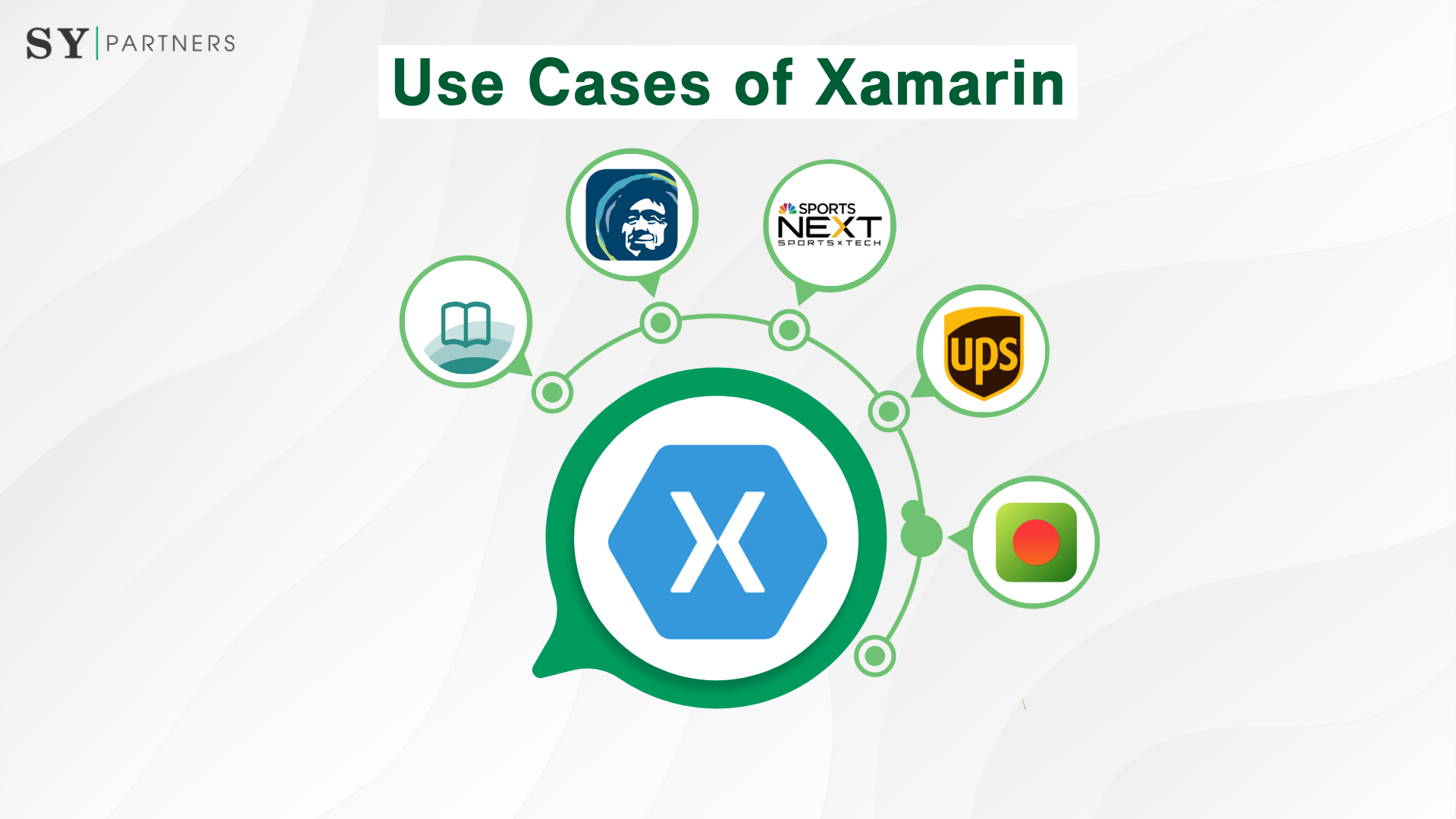
- Alaska Airlines: Reservation/check-in app with Xamarin
- NBC Sports Next: Sports apps leveraging .NET MAUI
- Red-Point: Climbing-community app
- Civica Learning: Education platform app
- UPS: Logistics management
4. Apache Cordova
As a pioneer of hybrid apps (formerly PhoneGap), Cordova uses standard web technologies.
Key Features
- HTML/CSS/JavaScript: immediate ramp-up for web devs
- Plugin system for accessing camera, GPS, filesystem, etc.
- Cross-platform WebView-based deployment on iOS, Android, and more
- Lightweight: great for simple UIs and prototypes
- Performance trade-off: WebView apps lag behind true native speed
- Community shift: usage declining in favor of modern alternatives like Capacitor
Cordova is well suited for quick prototyping, but less ideal for complex or high-performance needs.
Adoption Examples

- FanReact: Sports-fan engagement app
- TripCase: Travel-management tool
- Sworkit: Fitness prototype
- Untappd: Social beer-lover community
- JustWatch: Streaming search aggregator
5. Ionic
Ionic builds on web standards, integrating with Angular, React, or Vue for hybrid and PWA development.
Key Features
- Web standards: familiar HTML/CSS/JavaScript stack
- Prebuilt UI components for native-like visuals (buttons, lists, etc.)
- Capacitor (successor to Cordova) for better performance and flexibility
- PWA support: offline, push notifications, etc.
- Ionic CLI: powerful tooling for build and test workflows
- Cross-platform: mobile (iOS/Android) and web apps from one codebase
- Active community and plugin ecosystem
Strengths: Fast iteration for web-centric teams and PWA features.
Considerations: Native performance may lag under heavy load.
Adoption Examples
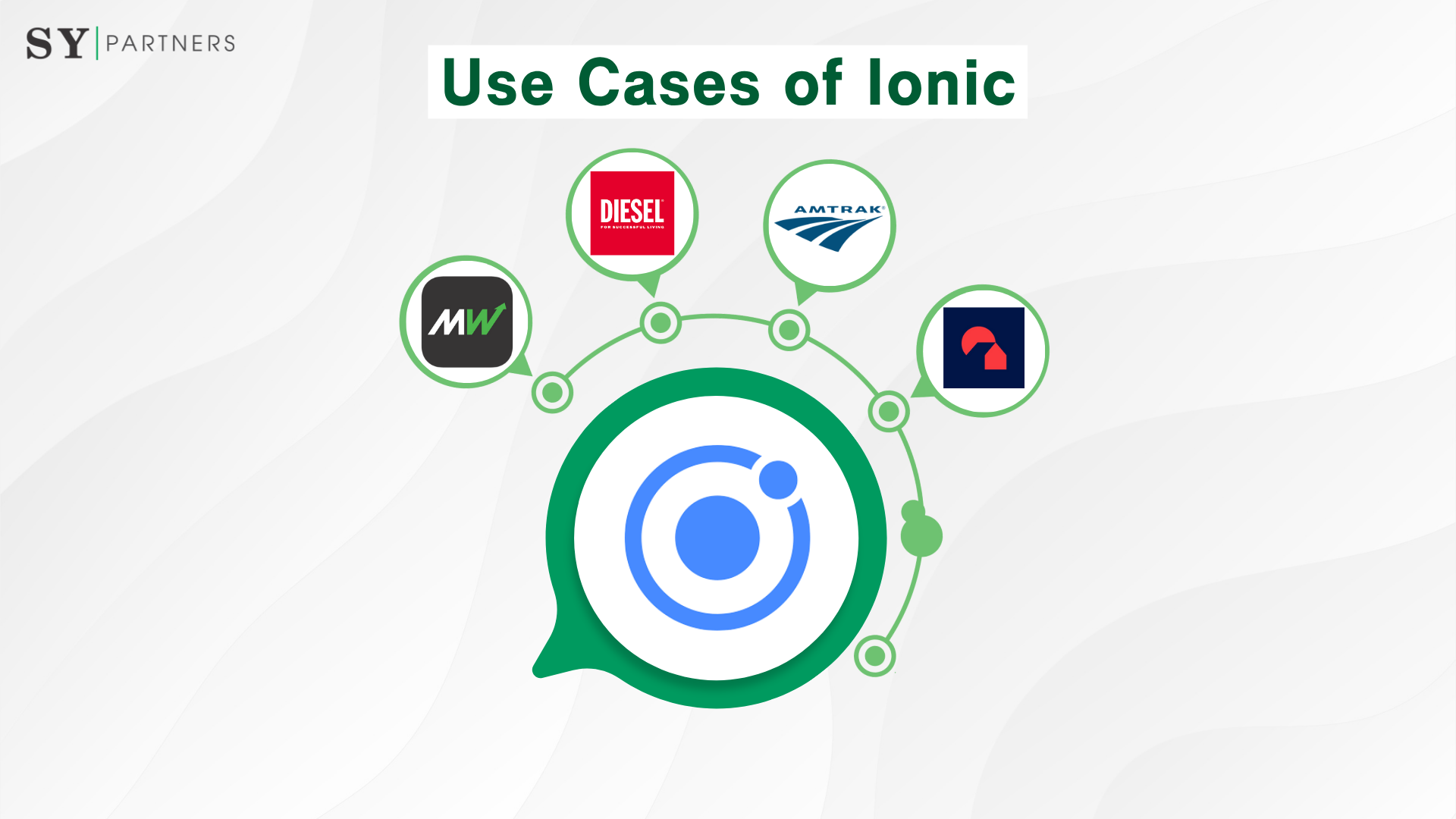
- MarketWatch: Financial news PWA
- Nationwide: Insurance app with hybrid/PWA functionality
- Diesel: Fashion-brand customer app
- Amtrak: Rail-reservation UI via web technology
Summary
Each cross-platform framework offers distinct advantages:
- Flutter: Consistent UI & rapid development
- React Native: JavaScript familiarity & proven track record
- .NET MAUI: Enterprise reliability & Microsoft ecosystem
- Cordova: Quick prototypes using web skills
- Ionic: Web-based hybrid/PWA flexibility
Choose based on project size, performance needs, and team expertise. Flutter or React Native fit fast-paced projects; .NET MAUI excels in enterprise contexts; Cordova/Ionic shine in rapid prototyping and PWA scenarios.
FAQs
Q1. What is cross-platform development?
Cross-platform development uses a single codebase to build apps for multiple operating systems (iOS, Android, etc.), reducing duplication of effort. Frameworks like Flutter and React Native enable shared UI components and business logic, speeding releases and centralizing maintenance—ideal for startups and fast-to-market goals.
Q2. What’s the difference between Flutter and React Native?
Both are popular, but Flutter uses Google’s Dart and the Skia engine to render UI directly, yielding smooth, near-native performance. React Native leverages JavaScript and native components, making it easy for web developers to pick up. Flutter often leads in raw performance and UI consistency, while React Native benefits from a larger JS ecosystem.
Q3. What sets .NET MAUI apart?
.NET MAUI is Microsoft’s cross-platform evolution of Xamarin.Forms, using C# and XAML. It provides deep integration with Visual Studio, Azure, and GitHub Actions for enterprise-grade CI/CD, and supports Windows and macOS alongside mobile targets. Its strong typing and mature tooling make it ideal for large-scale corporate apps.
Q4. When are web-based frameworks like Ionic or Cordova appropriate?
These leverage HTML, CSS, and JavaScript, so web developers can transition quickly to mobile app development. They excel in internal tools, prototypes, and PWAs where rapid iteration and familiar skills outweigh the need for peak native performance.
Q5. How should I choose the right framework?
Evaluate your app’s goals, performance requirements, team’s language expertise, and long-term maintenance. For blazing UI speed, choose Flutter; for JS-centric teams, consider React Native or Ionic; for Microsoft shops and enterprise apps, .NET MAUI is compelling; for quick proofs of concept, Cordova or Ionic may suffice.


 EN
EN JP
JP KR
KR